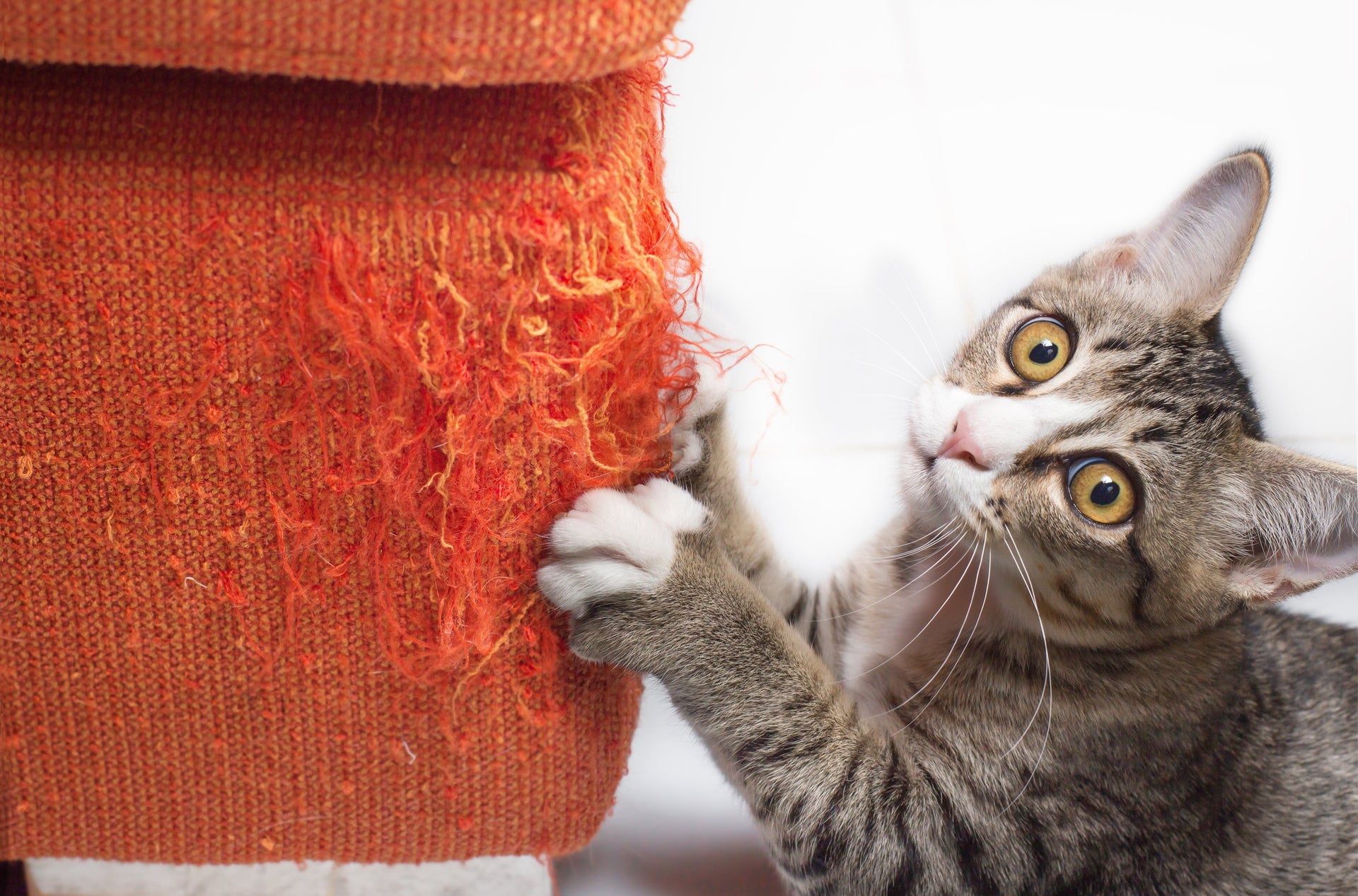
Common Cat Behaviors Explained
Cats are fascinating creatures with their own unique ways of communicating and interacting with the world. While their behaviors might sometimes seem puzzling, each action often carries a specific meaning. Understanding these behaviors can strengthen your bond with your feline friend. Here’s a guide to some common cat behaviors and what they mean.
1. Kneading with Their Paws
Cats knead by pressing their paws alternately against a soft surface, like a blanket or your lap.
-
Why They Do It:
Kneading is a behavior kittens use to stimulate their mother’s milk flow while nursing. As adults, it often indicates comfort, contentment, or marking their territory with scent glands in their paws. -
What It Means for You:
If your cat kneads on you, it’s a sign they feel safe and happy in your presence.
2. Purring
A cat’s purr is one of their most endearing and mysterious behaviors.
-
Why They Do It:
Cats purr when they’re content, but they may also purr when they’re stressed, in pain, or seeking comfort. Purring releases endorphins, which can help cats self-soothe. -
What It Means for You:
Most of the time, purring indicates that your cat is relaxed and enjoying your company. However, if your cat is purring and showing signs of discomfort, consult your vet.
3. Bringing You “Gifts”
If your cat brings you a toy—or worse, a dead mouse—they’re not trying to scare you.
-
Why They Do It:
Cats are natural hunters, and this behavior is rooted in their instincts. Bringing you “gifts” is their way of sharing their success or teaching you how to hunt. -
What It Means for You:
Your cat sees you as part of their family and wants to contribute to your well-being.
4. Slow Blinking
When your cat looks at you and slowly blinks, they’re not bored—they’re expressing trust and affection.
-
Why They Do It:
In the cat world, a slow blink is a way of showing that they feel safe and relaxed. It’s the feline equivalent of a warm smile. -
What It Means for You:
If your cat slow blinks at you, try returning the gesture. It’s a way of bonding and showing your cat that you care.
5. Tail Movements
A cat’s tail can reveal a lot about their mood.
-
Common Tail Signs:
- High Tail: Confidence or happiness.
- Puffed-Up Tail: Fear or aggression.
- Flicking Tail: Irritation or excitement.
- Tucked Tail: Submission or fear.
-
What It Means for You:
Paying attention to your cat’s tail movements can help you understand how they’re feeling and respond appropriately.
6. Head-Butting (Bunting)
When your cat presses their head against you or rubs their face on objects, they’re not just being cute.
-
Why They Do It:
Cats have scent glands on their cheeks and forehead. Head-butting, or “bunting,” is their way of marking you as part of their territory and showing affection. -
What It Means for You:
Your cat loves you and considers you a part of their world.
7. Hiding
Cats often retreat to small, enclosed spaces, especially when they feel scared or overwhelmed.
-
Why They Do It:
Hiding is a natural survival instinct. It helps cats feel safe and gives them time to observe their environment without being exposed. -
What It Means for You:
If your cat is hiding more than usual, they may be stressed, unwell, or adjusting to a change. Make sure they have a safe, quiet space and consult a vet if the behavior persists.
8. Scratching Furniture
While it might feel like your cat is intentionally ruining your couch, scratching is a natural and necessary behavior.
-
Why They Do It:
Cats scratch to sharpen their claws, mark territory, and stretch their muscles. -
What It Means for You:
Provide scratching posts or pads to redirect this behavior and protect your furniture.
9. Zoomies
Your cat may suddenly dart around the house at high speed, seemingly out of nowhere.
-
Why They Do It:
Zoomies are a way for cats to release pent-up energy, especially after a nap or before bedtime. -
What It Means for You:
This behavior is normal and shows that your cat is healthy and active. Make sure they have plenty of toys and opportunities to play.
10. Staring at You
Sometimes, your cat might fixate on you with an intense gaze.
-
Why They Do It:
Cats stare to observe and understand their environment. If they’re staring at you, they might be trying to communicate or simply studying your actions. -
What It Means for You:
A calm stare is often a sign of curiosity or affection. If paired with other signals, like meowing, they might be asking for food or attention.
Final Thoughts
Cats communicate through a fascinating array of behaviors, each rooted in their instincts and personality. By understanding their actions, you can build a stronger bond and provide the care they need to thrive.
